China Developing its Own Carrier-Capable AEW Hawkeye Aircraft for PLAN
|
|
|||
| a | |||
|
Focus - China's E-2C Hawkeye
|
|||
|
|
|||
|
China Developing its Own Carrier-Capable AEW Hawkeye Aircraft for PLAN
|
|||
|
Translation from East Pendulum's article
Several recent developments show that studies and development work of a future Chinese carrier-borne airborne early warning and control (AEW&C) continue to progress at the Xi'an Institute of the AVIC Group. These developments follow the rumor that first steel cut of a new CATOBAR (Catapult Assisted Take-Off But Arrested Recovery) aircraft carrier would have taken place at the end of June at the Jiangnan Changxing Shipyard in Shanghai. |
|||
|
|
|||
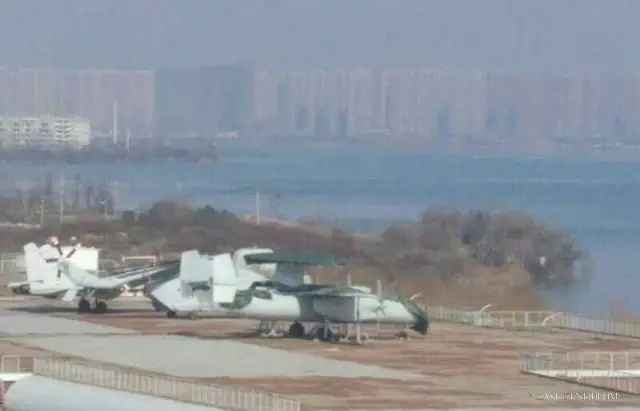 Chinese Carrier-Capable AW&C Aircraft full scale model at CSIC's 701 Institute Chinese Carrier-Capable AW&C Aircraft full scale model at CSIC's 701 Institute |
|||
|
|
|||
|
Following a patent filed in November 2013 on a new empennage with four different planes (differeing from the one fitted on E-2C Hawkeyes) and following the set up of testing rig to measure impacts on deck in May 2016, the Xi'an aerodynamicists seem to have refined the rear part of the aircraft, including the horizontal empennage (HTP), in relation to the turbulences generated by the propellers.
This information surfaced in a research paper published in January this year by the Chinese research office, specializing in the design of transport aircraft (such as the Y-20 family) and bombers (H-6, HX ...). The paper focuses on the impact of the flow on the longitudinal static stability of the aircraft. |
|
|
|||
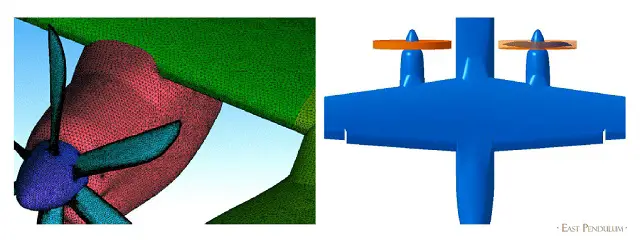 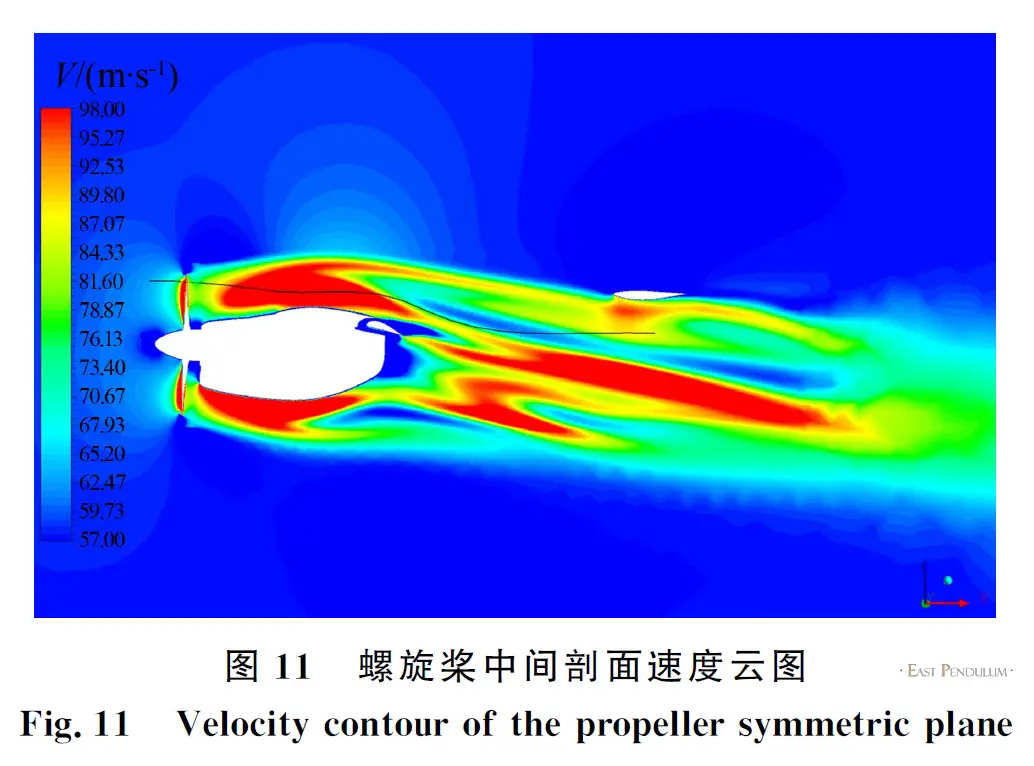 The research paper published in January The research paper published in January |
|||
|
|
|||
|
Meanwhile, a fulll scale AEW&C model appeared aboard the "concrete aircraft carrier" of the Ship Design and Research Center (701 Institute) of the naval group CSIC (next to a J-15 carrier-borne fighter jet model).
This land based platform, located near Huangjia Lake in Wuhan is used to test and measure electromagnetic compatibility of the ship. The aircraft carrier test rig which was used for Type 001A (China's first indigenous aircraft carrier) is currently undergoing modifications: The very characteristic ski jump has been removed and the size of the island reduced by almost a third. |
|||
|
|
|||
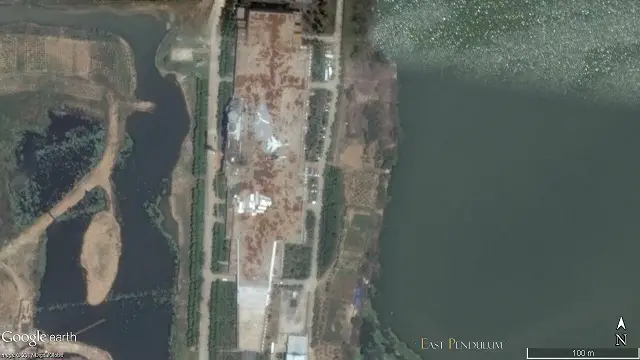 The "concrete aircraft carrier" at 701 Institute in March 2017 The "concrete aircraft carrier" at 701 Institute in March 2017 |
|||
|
|
|||
 The "concrete aircraft carrier" at 701 Institute in April. Note the two aircraft. The "concrete aircraft carrier" at 701 Institute in April. Note the two aircraft. |
|||
|
|
|||
|
As far as aircraft subsystems are concerned, it is still unclear which of the three main Chinese radar research offices - ECCC 14, ECCC 38 and AVIC 607 - was chosen to supply the active active electronically scanned array (AESA) of the future AEW&C. However, AVIC Jonhon Optronic Technology (Factory 158) appears to be ready to provide cooling components of all kinds for the project.
The products of this AVIC subsidiary have been selected to enter the final of the 2nd edition of the China Aviation Innovation and Entrepreneurship Competition (CAIEC), and AVIC Jonhon has chosen to illustrate its liquid cooling products with the image of an E-2C Hawkeye in the background. The image shows cooling solutions for the control station, the radar, the onboard power ... etc. |
|||
|
|
|||
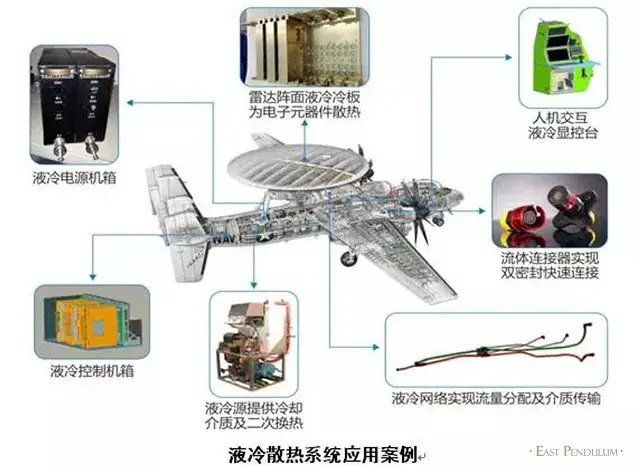 Image by AVIC Jonhon Optronic Technology Image by AVIC Jonhon Optronic Technology |
|||
|
|
|||
|
Last but not least, it should be noted that a model of nuclear-powered CATOBAR aircraft carrier is being showcased in the new "Navy" hall of the Chinese military museum in Beijing. An AEW&C and some stealth UAVs are present on the flight deck.
Difficult to say today if the exhibit is representative and to what extent, but we nevertheless know that China is not only working on ways to counter carrier strike groups, but is also willing to aquire its own. If delivery of Type 001A, the second aircraft carrier, to the Chinese navy is expected for Q3 2019 and likely 2023 for the third one (the second one built in China, featuring CATOBAR arrangement with conventional propulsion) nothing is clear regarding a potential nuclear-powered aircraft carrier project, even if such a propulsion system is already being studied. |
|||
|
|
|||
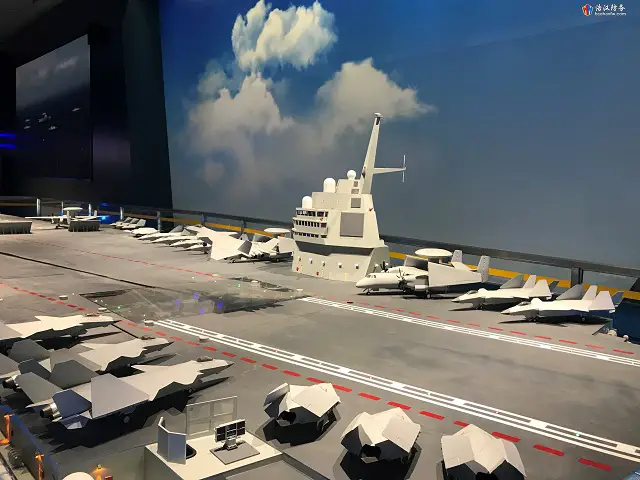 |
|||
|
|
|||
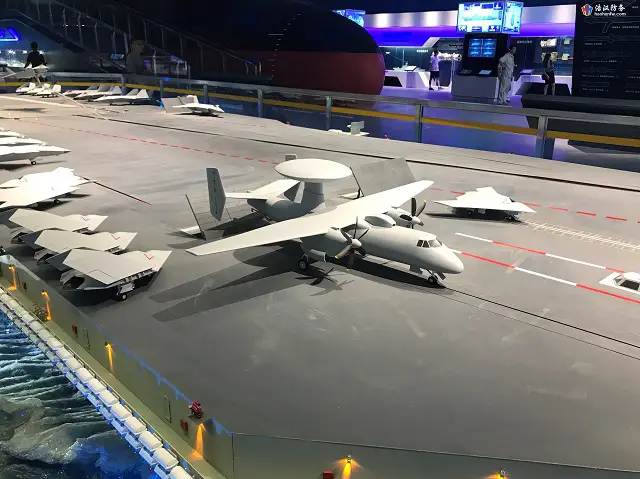 Scale models showcased in the new "Navy" hall of the Chinese military museum in Beijing. Scale models showcased in the new "Navy" hall of the Chinese military museum in Beijing. |
|||


























